




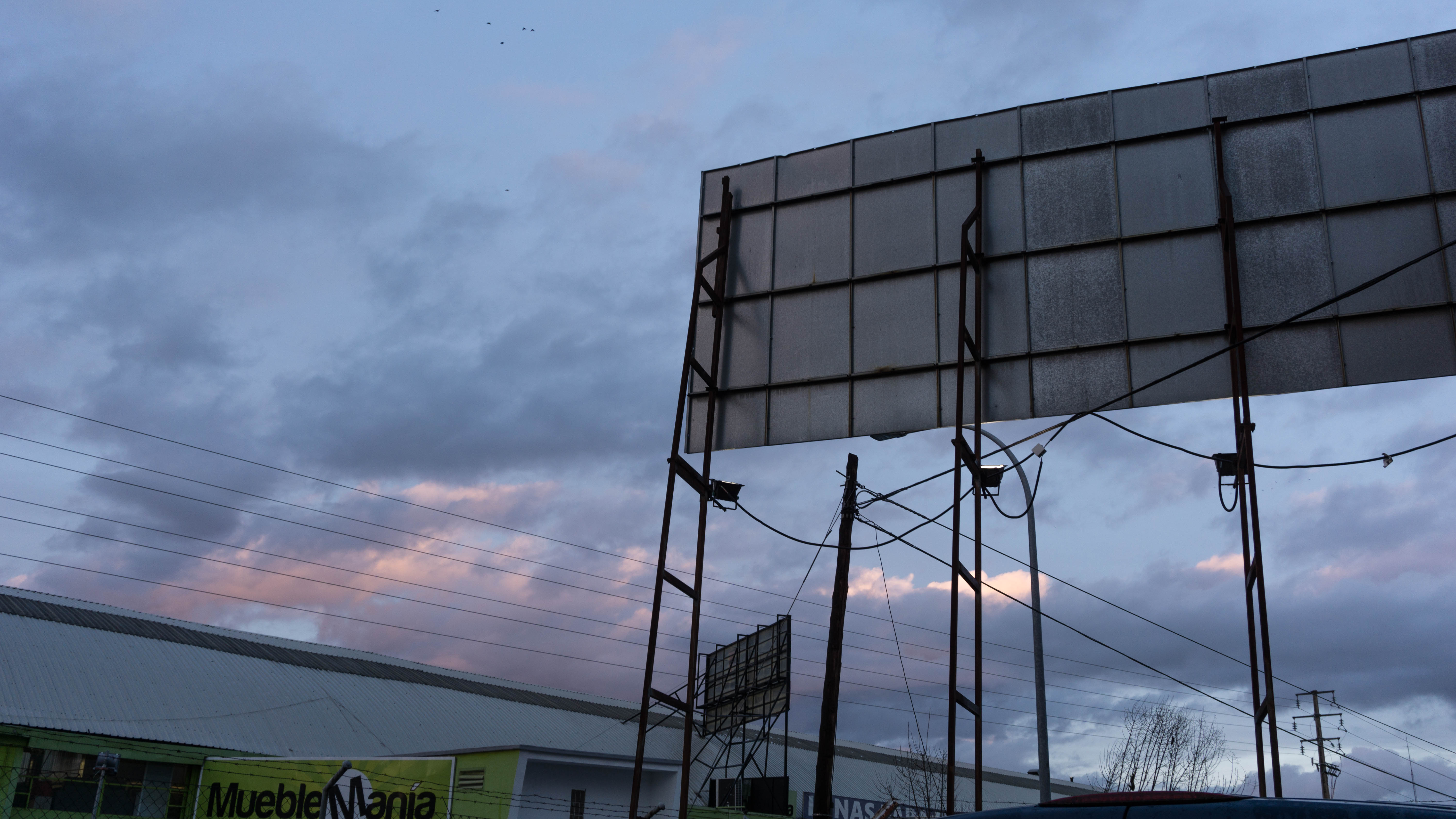



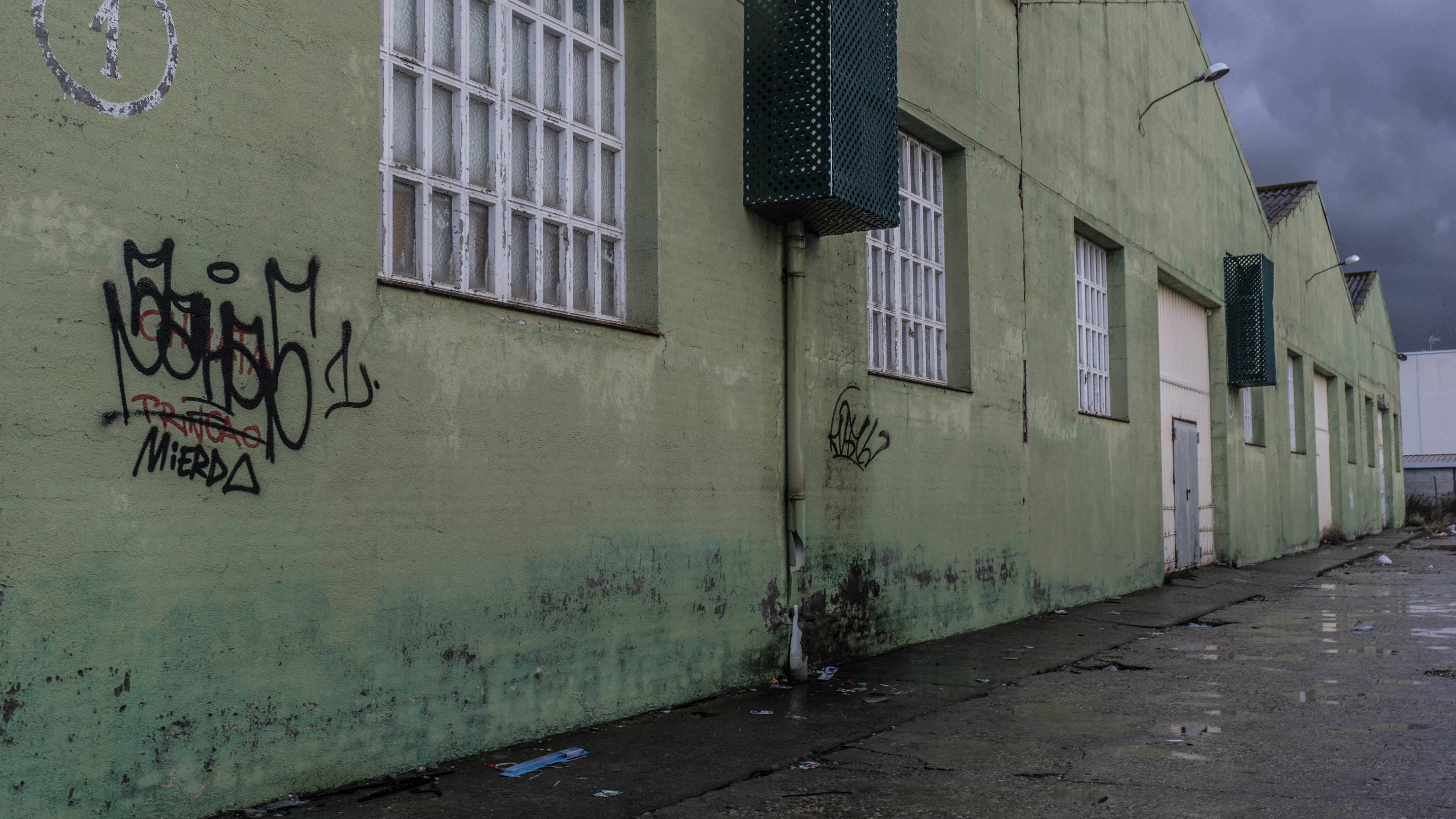
…










…


¿No lo he dicho ya? – escribía Rilke en “Los cuadernos de Malte Laurids Brigge” – Estoy aprendiendo a ver. Sí, este es el comienzo. Todavía no se me da demasiado bien. Pero me esforzaré al máximo. Por ejemplo, nunca me había preguntado cuántas caras existen. Hay una cantidad enorme de personas, pero hay muchas más caras porque cada persona tiene varias.
…
“Have I said it before? I am learning to see. Yes, I am beginning. It’s still going badly. But I intend to make the most of my time. For example, it never occurred to me before how many faces there are. There are multitudes of people, but there are many more faces, because each person has several of them. There are people who wear the same face for years; naturally it wears out, gets dirty, splits at the seams, stretches like gloves worn during a long journey. They are thrifty, uncomplicated people; they never change it, never even have it cleaned. It’s good enough, they say, and who can convince them of the contrary? Of course, since they have several faces, you might wonder what they do with the other ones. They keep them in storage. Their children will wear them. But sometimes it also happens that their dogs go out wearing them. And why not? A face is a face. Other people change faces incredibly fast, put on one after another, and wear them out. At first, they think they have an unlimited supply; but when they are barely forty years old they come to their last one. There is, to be sure, something tragic about this. They are not accustomed to taking care of faces; their last one is worn through in a week, has holes in it, is in many places as thin as paper, and then, little by little, the lining shows through, the non-face, and they walk around with that on.”
Is the suffering of others also our own? In thinking that it might in fact be, societies expand the circle of the we.
The environment suddenly shifts in an unforeseen and unwelcome manner.
Move to strangeness
Human beings need security, order, love, and connection
Memories about the past guide this thinking about the future
Reactions to a volcano-like event that shook the foundations of the social world.
Holding an attitude of benign neglect or cynical indifference
A blow to the psyche that breaks through one’s defenses so suddenly and with such brutal force that one can not react to it effectively
An important part of the self has disappeared… “We” no longer exist as a connected pair or a linked cells in a larger communal body
Truth goes underground
One cannot simply leave behind
Buried in the unconscious, the event is experienced irrationally, in the nightmares
Denials that insist on looking to the future and forgetting the past
Fragmented and polarized social order
Bridging the gap between event and representation
A spiral of signification



Source: ALEXANDER_Cultural-Trauma




Here’s what writer John Burnside has to say on boundaries and the space between:
“Everything that is interesting in nature happens at the boundaries”[1]
The spaces between the ‘self’ and ‘the other’ where everything takes place have long been a source of fascination for poets and myth-makers. … those Celts who once inhabited the British Isles … recognised a space which they called (in Irish) idir eathara that is, a boundary that is neither one place nor another, but the space between the two.
[1] John Burnside quoting psychologist, Nicholas Humphreys
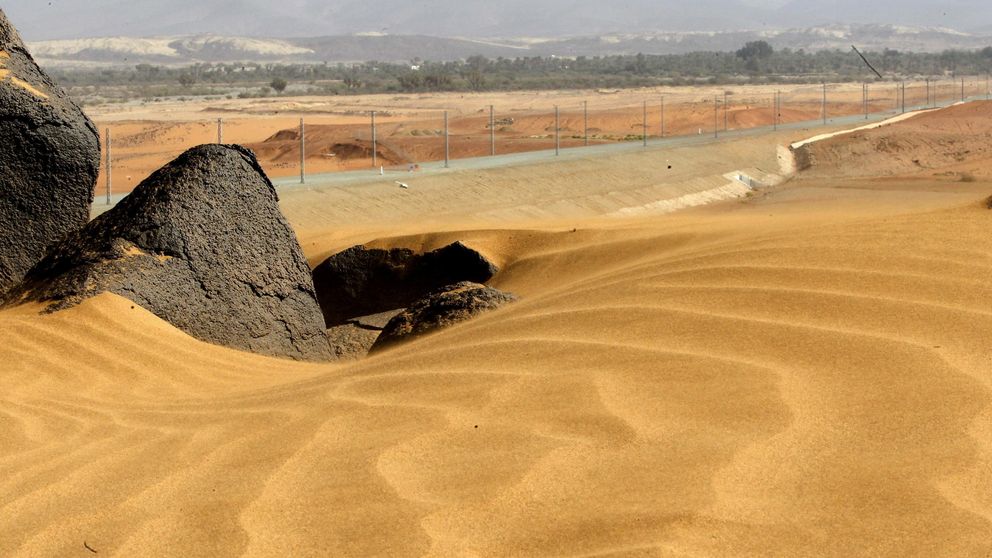
‘El nómada habita esos lugares, se mantiene en esos lugares, y él mismo los hace crecer en el sentido que se constata que el nómada crea el desierto en la misma medida en que es creado por él. El nómada es un vector de desterritorialización.’
‘…no es trágico ni está deshabitado, solo es desierto por su color ocre y su luz, ardiente y sin sombra (…) en él hay una multitud bulliciosa (…) yo estoy en el borde de esa multitud, en la periferia; pero pertenezco a ella, estoy unida a ella por una extremidad de mi cuerpo, una mano o un pie.’
(G. Deleuze, F. Guattari, Mil mesetas. Capitalismo y esquizofrenia, 1980).



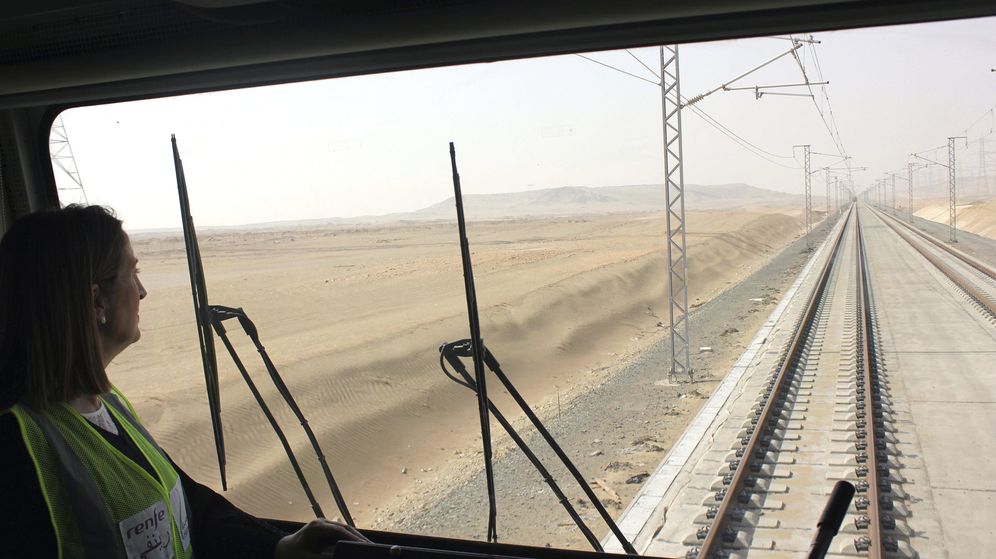
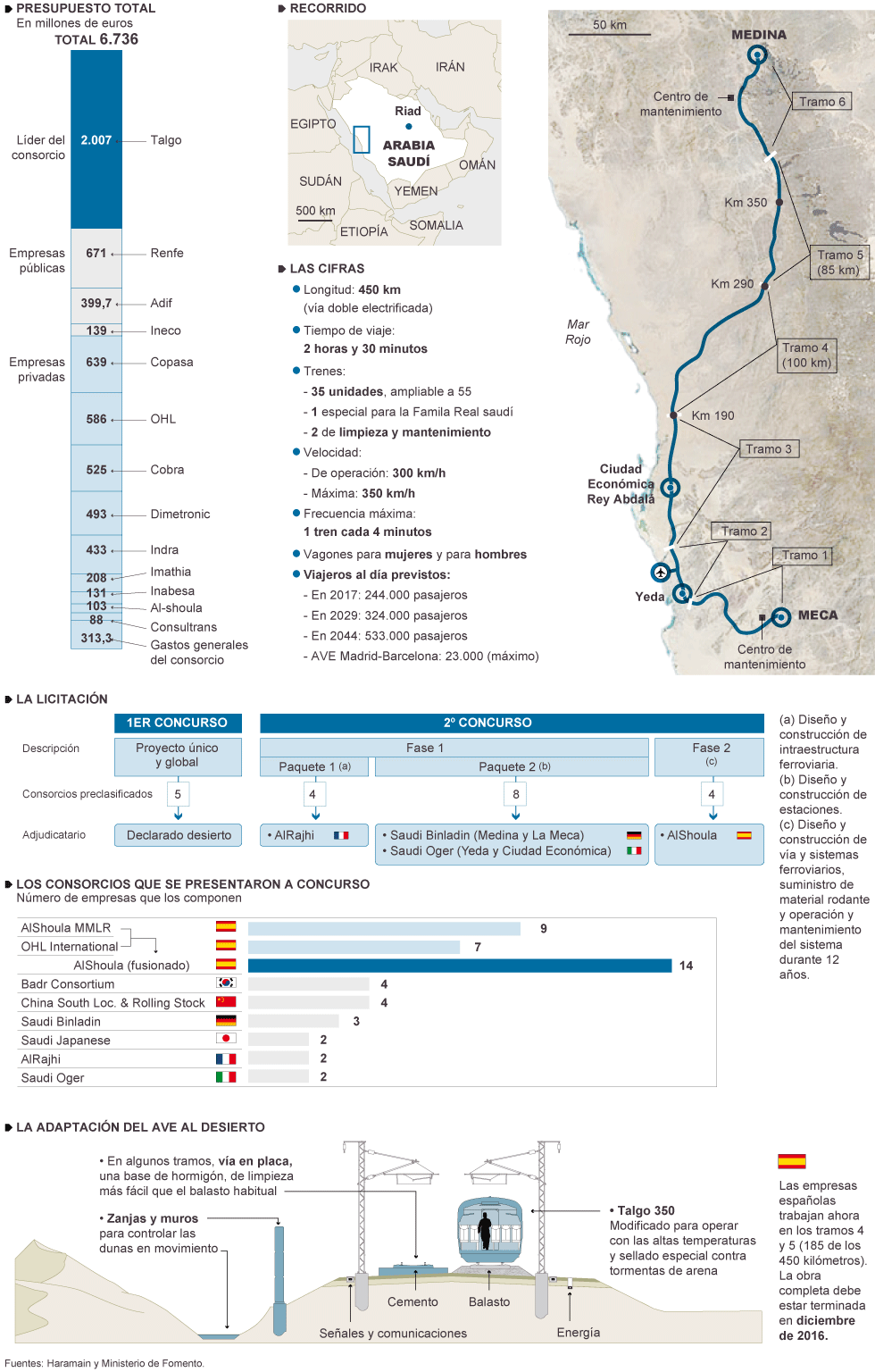
Septiembre 1, (1939), W. H. Auden.
…
Haramain High Speed Railway – Progress Video – March 2016 from Orbit Consults on Vimeo.
طريق عسير جازان – محاكاة الطيران فوق المسار from Orbit Consults on Vimeo.
تصوير جوي مشروع سكاكا 1 – مايو 2016 from Orbit Consults on Vimeo.


Thomas Stearns Eliot, Cuatro cuartetos, Little Gidding.

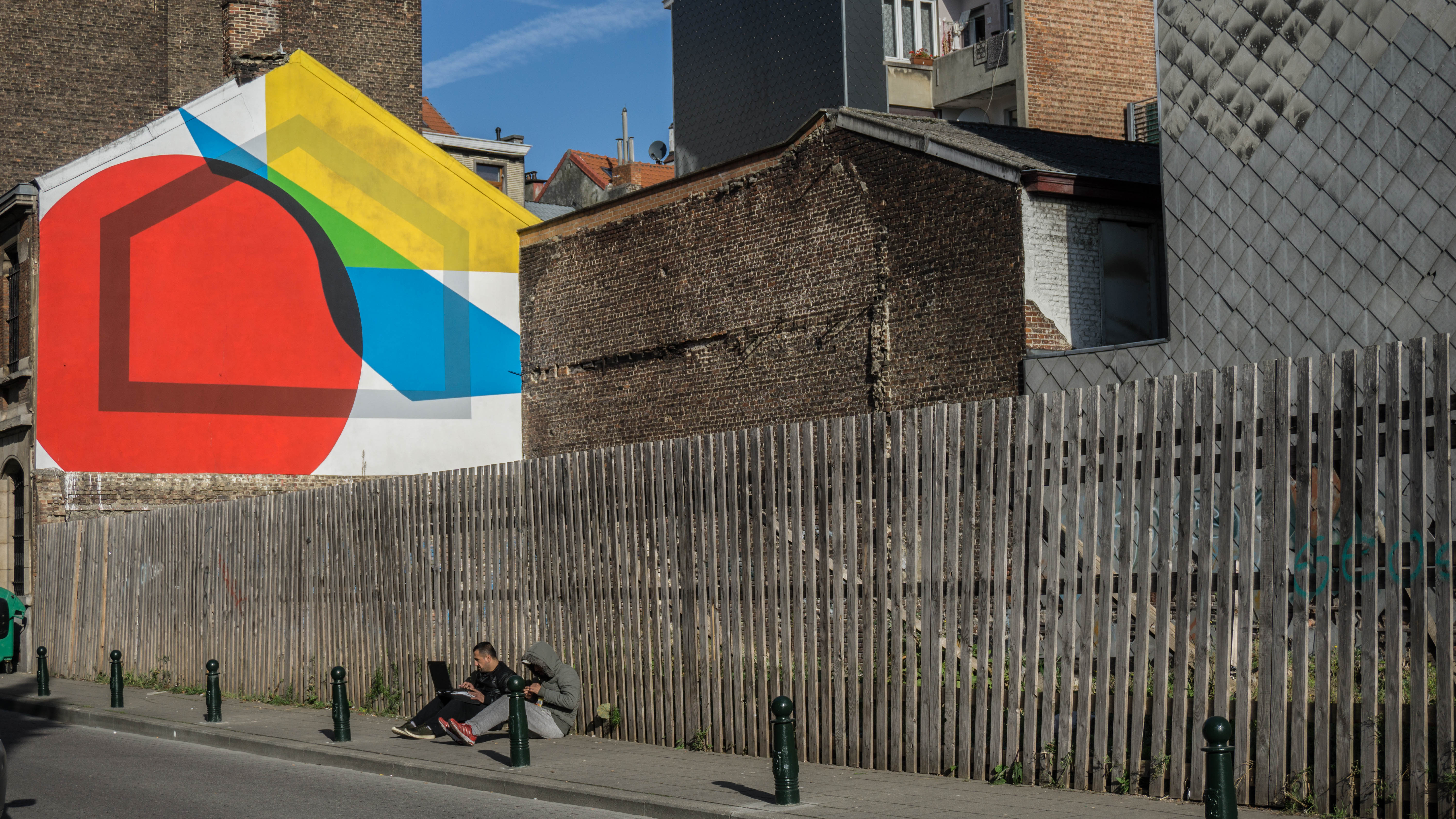

Las grandes ciudades ya no tienen ni vientre ni regazo.
Peter Handke
“Pero, a decir verdad, mi cuerpo no se deja reducir tan fácilmente. Después de todo, él tiene sus propios recursos de fantasía: también posee lugares sin lugar, y lugares más profundos, aún más obstinados que el alma, que la tumba, que los encantamientos de los magos; tiene sus sótanos y sus graneros, sus superficies luminosas. Mi cabeza, por ejemplo: ¡qué extraña caverna abierta hacia el mundo exterior por dos ventanas, dos aperturas! -de eso estoy seguro puesto que las veo en el espejo, y además puedo cerrar una u otra separadamente-; y sin embargo, no hay dos ventanas sino sólo una, puesto que frente a mí veo un paisaje único, continuo, sin barreras ni separaciones. Y ¿cómo es que suceden las cosas en esa cabeza? Pues bien, las cosas vienen a acomodarse en ella; entran en ella, y de eso estoy seguro, puesto que cuando el sol es demasiado fuerte me deslumbra, va a desgarrar el fondo de mi cerebro. Y no obstante, esas cosas que entran en mi cabeza permanecen claramente en su exterior, dado que las veo delante de mí, y para alcanzarlas debo, por mi parte, avanzar.
…
El cuerpo, fantasma que sólo aparece en los espejismos del espejo, y además de manera fragmentaria.
…
Mi cuerpo, implacable topía.
Michel Foucault, “Topologías”, Fractal nº 48, enero-marzo, 2008, año XII, volumen XIII, pp. 39-62. Traducción de Rodrigo García.


La movilidad física de grupos importantes de gente implica cierta cantidad de movilidad social y cultural, y una evolución correspondiente de las instituciones.
Turner, Edith y Victor. “El Centro está afuera: la meta del peregrino”, Historia de las religiones, 1973.

“Dichoso quien no tiene una patria; la contempla todavía en sus sueños”.
Hannah Arendt, 1946.
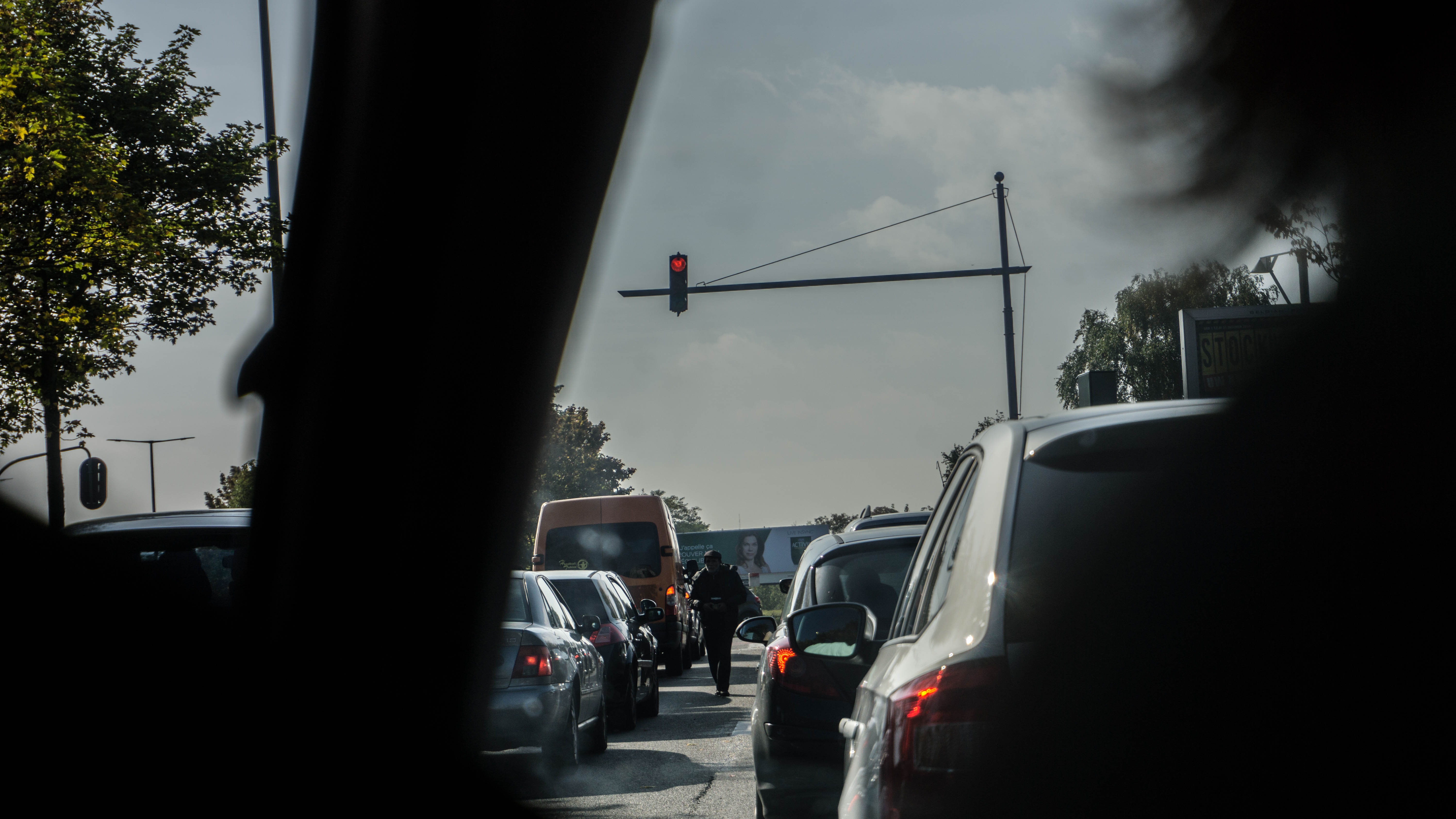

W. B.
Volverá algún día el crepúsculo de la tarde,
Desde las estrellas caerá noche.
Yacerán nuestros miembros extendidos
en las cercanías, en las lejanías.
De las oscuridades suenan
breves dulces melodías.
Para perder la costumbre
agucemos el oído,
rompamos al fin las filas.
Voces lejanas, cercana aflicción:
aquellas voces de aquellos muertos,
que enviamos por delante como heraldos
para que nos guíen en el sueño.Hannah Arendt, 1942.
…
W. B.
“Dusk will come again sometime.
Night will come down from the stars.
We will rest our outstretched arms
In the nearnesses, in the distances.Out of the darkness sound softly
Small archaic melodies. Listening,
Let us wean ourselves away,
Let us at last break ranks.Distant voices, sadnesses nearby.
Those are the voices and these the dead
Whom we have sent as messengers
Ahead, to lead us into slumber.”Hannah Arendt, 1940.
“El cronotopo (literalmente, tiempo espacio) es la conexión intrínseca de las relaciones temporales y espaciales que se expresa artísticamente en una novela. Este término, introducido como parte de la Teoría de la Relatividad de Einstein, se ha incorporado a la literatura y al análisis de textos. Expresa la inseparabilidad del tiempo y del espacio (el tiempo como cuarta dimensión del espacio) y constituye la columna vertebral de cualquier narración. El cronotopo es el lugar en que los nudos de la narración se atan y se desatan. Puede decirse sin ambages que a ellos pertenece el sentido que da forma a la narración. El tiempo se vuelve efectivamente palpable y visible; el cronotopo hace que los eventos narrativos se concreticen, los encarna, hace que la sangre corra por sus venas.”
…
Y al fin:feliz aquel que tiene sus lugares de duración;
ya no será, aunque se haya trasladado para siempre a un país extraño,
sin perspectivas de volver a su mundo,
nadie a quien han expulsado de su patria.